- EasyCard
- Trade
- Help
- Announcement
- Academy
- SWIFT Code
- Iban Number
- Referral
- Customer Service
- Blog
- Creator
Volatility Smile: A Key Technical Graphical Analysis of Option Implied Volatility
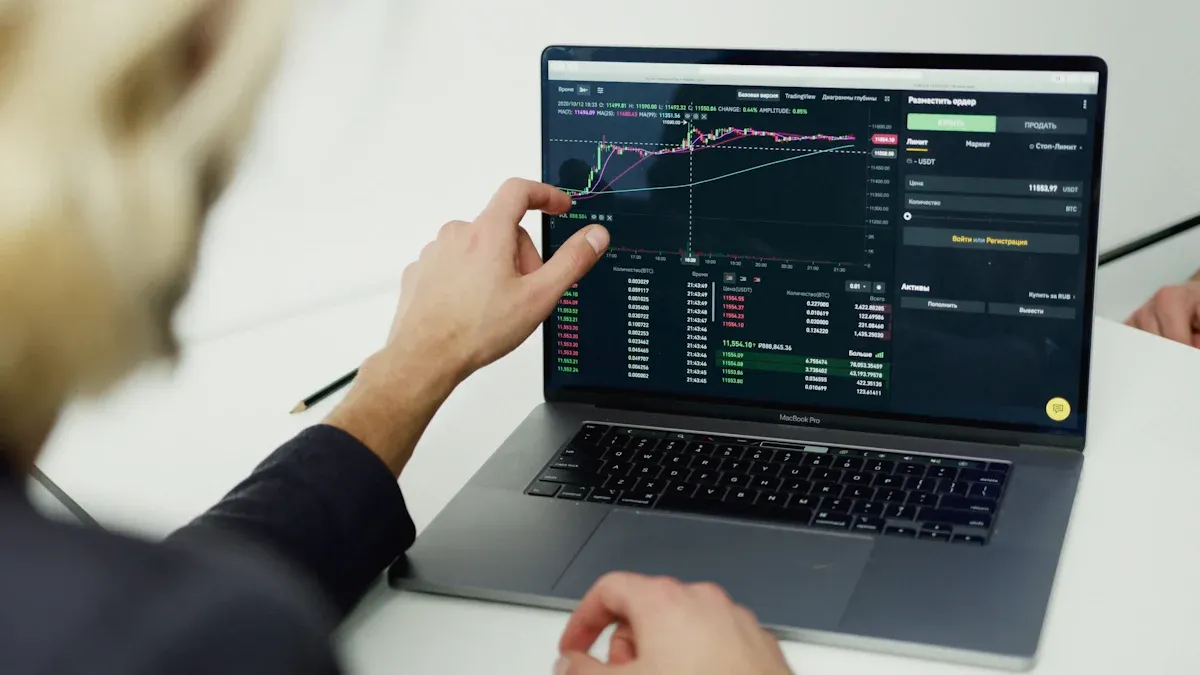
Image Source: pexels
The volatility smile holds a central position in the field of options trading. By observing its U-shaped distribution, investors can intuitively grasp the market’s concerns about extreme price movements. The table below illustrates the differences in implied volatility for options with different strike prices under the same underlying asset, making unified analysis challenging:
| Strike Price (USD) | Implied Volatility |
|---|---|
| 90 | 0.32 |
| 100 | 0.25 |
| 110 | 0.31 |
Investors often wonder: why does the volatility smile appear in option prices? Understanding this phenomenon helps improve judgment and strategy adaptability in actual trading.
Key Points
- The volatility smile is a U-shaped distribution of implied volatility relative to strike prices, reflecting market concerns about extreme price movements.
- Investors should focus on the differences in implied volatility across strike prices to identify potential pricing errors and arbitrage opportunities.
- The shape of the volatility smile reveals market sentiment, with a steeper smile curve indicating heightened investor concerns about future volatility.
- By analyzing the volatility smile, investors can optimize risk management strategies and reduce losses from extreme market conditions.
- Continuously monitoring changes in the volatility smile, combined with market data, enhances trading decision-making and strategy adaptability.
Volatility Smile Overview
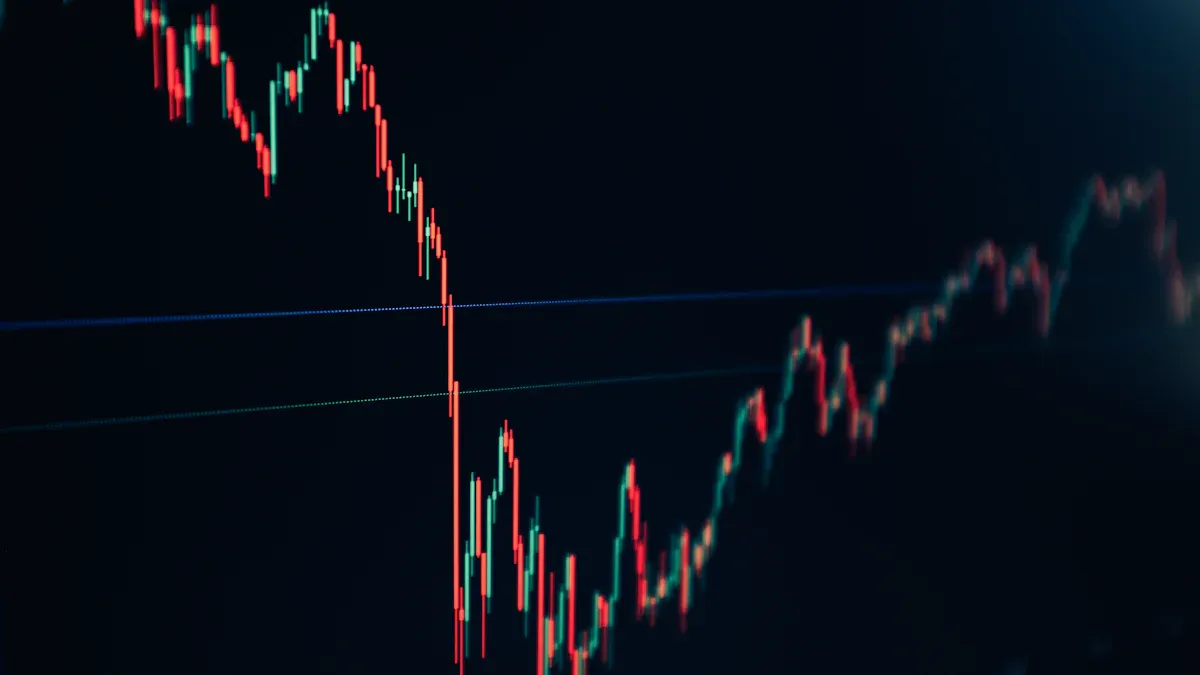
Image Source: unsplash
Definition and Characteristics
The volatility smile is a highly representative technical chart in the options market. It describes the specific distribution pattern of implied volatility (IV) as it varies with strike prices. When analyzing option prices, investors often find that implied volatility differs across strike prices. The following points reveal the core definition and characteristics of the volatility smile:
- The volatility smile is a visual representation of implied volatility relative to option strike prices.
- Options further away from at-the-money (ATM) typically have higher implied volatility.
- The lowest point of the smile curve generally corresponds to ATM options, while deep in-the-money (ITM) and deep out-of-the-money (OTM) options have higher implied volatility.
- This distribution pattern reflects the market’s perception of risks associated with extreme price movements, with investors willing to pay a higher premium to protect against extreme conditions.
- The existence of the volatility smile indicates that the market does not fully adhere to the assumptions of the Black-Scholes model, which assumes constant implied volatility.
Many beginners mistakenly believe that implied volatility is uniformly distributed across all strike prices. In reality, the volatility smile and volatility skew show that different strike prices correspond to different implied volatilities. This phenomenon reflects market supply and demand dynamics and risk preferences, rather than market inefficiencies.
With the development of modern option pricing theories, the market has increasingly recognized that volatility is not constant. Stochastic volatility models proposed by scholars like Heston, as well as the application of rough volatility models in recent years, have deepened the understanding of the volatility smile. After the Black Monday event in 1987, skepticism about the flat volatility assumption drove progress in related theories.
U-Shaped Distribution
The most prominent graphical feature of the volatility smile is its U-shaped distribution. When plotting implied volatility for options with the same expiration date but different strike prices, investors often observe the following patterns:
- Deep ITM and deep OTM options have higher implied volatility than ATM options.
- OTM put options typically have higher implied volatility than ATM put options, as investors tend to buy OTM puts to hedge against extreme downside risks.
- OTM call options generally have lower implied volatility than ATM call options, reflecting lower market focus on significant upward movements.
- After significant market volatility or crashes, demand for OTM put options surges, further deepening the U-shaped distribution.
| Market Type | Volatility Smile Characteristics |
|---|---|
| Equity Market | The graph typically slopes downward, resembling a “half-frown.” |
| Forex Options | The graph rises at both ends, forming a “smile.” |
Statistical studies show that the U-shaped distribution is prevalent in major options markets. For example, in the U.S. market, the realized volatility of ATM options is highly consistent with predicted volatility, with high statistical significance (<0.01%), while OTM and ITM options exhibit higher implied volatility. This distribution not only reflects market behavior but also reveals investors’ risk preferences for extreme conditions.
As a fundamental tool for options market analysis, the volatility smile helps investors identify market sentiment, risk premiums, and potential pricing biases. Understanding its U-shaped distribution enhances professional judgment and strategy formulation in options trading.
Formation Reasons
Market Expectations
Market expectations play a critical role in the formation of the volatility smile. Investors continuously adjust their judgments about future events based on new market information, directly impacting option pricing. Empirical studies in the U.S. market show that changes in investors’ expectations of future volatility are positively correlated with option demand. Market momentum and demand pressure also influence the dynamic changes in implied volatility.
- Supply and Demand Dynamics: The supply and demand relationship for option contracts at different strike prices directly affects implied volatility.
- Market Sentiment: The shape of the volatility smile reflects the risk preferences and emotional changes of market participants.
- Expectations of Extreme Price Movements: Investors’ concerns about potential extreme events lead to higher implied volatility.
- Tail Risk: During periods of market uncertainty or extreme events, demand for options protecting against downside risks increases.
- Skewness: The skewness of the volatility smile reflects market participants’ preferences for different risks.
These factors collectively cause option prices to exhibit a clear U-shaped distribution of implied volatility during sudden events or significant news.
Strike Price Influence
The influence of strike prices on implied volatility is highly significant. Different types of options exhibit distinct implied volatility patterns across strike prices. The table below summarizes the implied volatility distribution for common options in the U.S. market:
| Option Type | Implied Volatility |
|---|---|
| OTM Put Options | Higher |
| ITM Call Options | Higher |
| OTM Call Options | Lower |
| ITM Put Options | Lower |
The relationship between implied volatility and strike prices presents a smile shape. OTM put options and ITM call options typically have higher implied volatility, reflecting investors’ concerns about extreme market conditions. OTM call options and ITM put options have relatively lower implied volatility. Studies also find that when the smile slope for put options is steeper, future returns tend to be lower, while a steeper smile slope for call options is associated with higher future returns. This indicates that the volatility smile not only reflects market risk preferences but is also closely related to the future performance of the underlying asset.
Technical Significance
Risk Information
When analyzing the options market, investors often use the volatility smile to obtain risk information. This technical chart not only reveals market concerns about extreme price movements but also reflects investors’ heightened focus on downside risks. U.S. market data shows that the existence of the volatility smile indicates that the market prices downside risks higher. Investors consider the possibility of significant downward movements in pricing, leading to a negative skewness in the option-implied state price density (SPD).
By analyzing the relationship between implied volatility and option strike prices, traders can assess tail risk and market uncertainty. Options further from the underlying asset price typically have higher implied volatility, reflecting greater market uncertainty about potential price movements.
Additionally, the volatility smile relies on the assumption that the underlying asset follows a lognormal distribution. However, in reality, returns often exhibit “fat tails” or extreme events (e.g., black swan events), which can lead to pricing biases in options. Studies find that implied volatility is particularly dependent during negative extreme returns, with put options’ implied volatility rising more significantly than call options during market crashes.
Market Sentiment
The volatility smile not only conveys risk information but also reflects market sentiment. During high-sentiment periods, the predictive power of risk-neutral skewness increases, making the market more sensitive to expectations of potential price movements. Individual investors rarely take short positions during high-sentiment periods, leading to a delayed market response to pessimistic sentiment. Institutional investors are reluctant to lend stocks, increasing shorting costs.
- Investors hesitate to act due to arbitrage risks, and stock prices may continue to rise in the short term.
- Traders can use the volatility smile to identify market sentiment, predict potential price movements, and adjust trading strategies. For example, in the U.S. market, traders often use long straddles or straddle strategies to profit from different strike prices.
It should be noted that the volatility smile is only a model, and implied volatility does not always exhibit a clear U-shape. External market factors, such as supply and demand imbalances, can also affect its performance, and investors should combine multiple technical indicators for comprehensive judgment.
Volatility Smile Chart Analysis
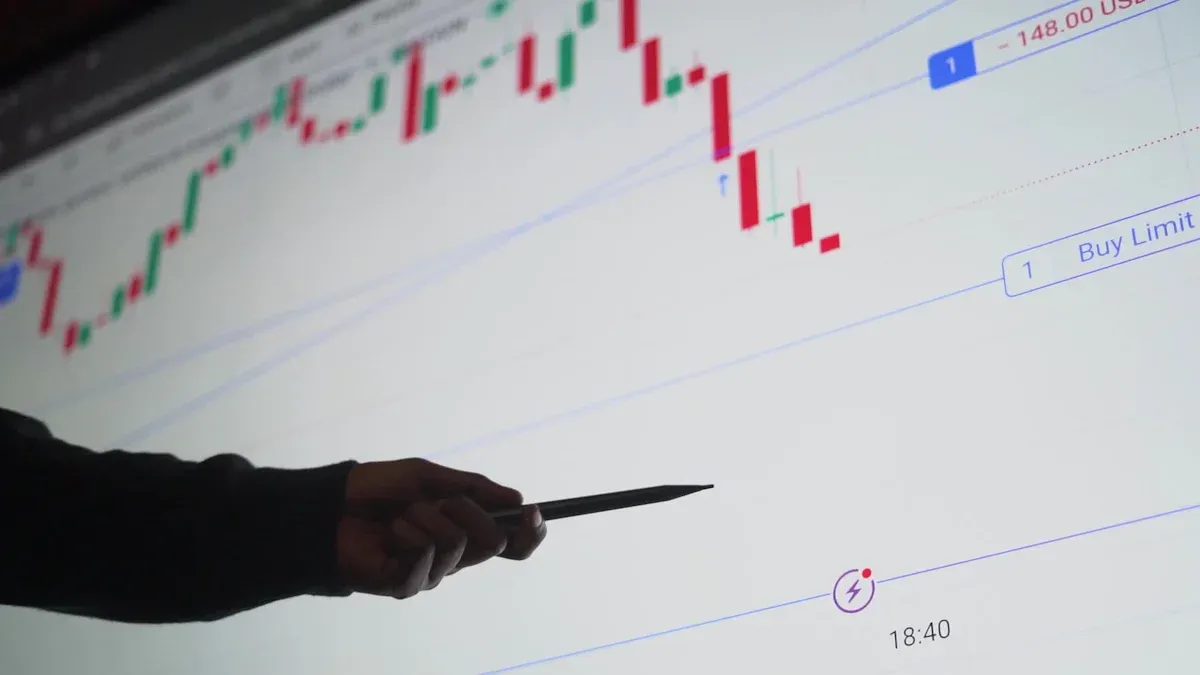
Image Source: pexels
Typical Patterns
The volatility smile exhibits diverse graphical characteristics across different asset classes. In equity, commodity, and currency options markets, investors commonly observe the following patterns:
- Equity options typically display a “smile” shape. Low strike price options (ITM calls and OTM puts) have higher implied volatility than high strike price options.
- Currency options show a more symmetrical smile, reflecting market expectations of extreme forex movements.
- Commodity options often exhibit positive skewness, with OTM call options having higher implied volatility, reflecting supply risks.
| Asset Class | Volatility Smile Characteristics |
|---|---|
| Equity Market | Typically shows negative skewness, with demand for protective put options driving higher implied volatility than OTM call options. |
| Commodity Market | Typically shows positive skewness, with supply issues or demand surges potentially leading to higher volatility for OTM call options. |
| Currency Market | Skewness depends on interest rate differences and economic conditions, reflecting expected changes in currency strength. |
Influencing Factors
The formation and evolution of the volatility smile are influenced by various market factors. Key factors include:
- The supply and demand relationship for options directly affects prices and implied volatility. When demand for OTM options increases, their implied volatility rises.
- Market sentiment drives investors to pay higher premiums for options during uncertain or turbulent periods.
- Macroeconomic events, such as interest rate changes or major news, amplify changes in the volatility smile.
- Asymmetry in the underlying asset’s risk also affects the smile shape. If the asset is more likely to experience significant declines, OTM put options have higher implied volatility, making the left side of the smile steeper.
- Volatility skew reflects supply and demand forces, and the curve naturally adjusts as market conditions change. In turbulent markets, OTM put options are typically more expensive than OTM call options.
By analyzing these factors, investors can better understand the dynamic changes in the volatility smile and optimize their options trading strategies accordingly.
Applications and Strategies
Pricing and Arbitrage
In actual options trading, investors often analyze the volatility smile to identify pricing errors in the market and capture arbitrage opportunities. The volatility smile reflects the market’s risk pricing differences across strike prices. Professional traders typically use the following methods:
- By observing the volatility smile and volatility skew, investors can gain insights into market sentiment, determining which options may be overvalued or undervalued.
- Identify deviations between implied volatility and historical volatility or theoretical model predictions to spot potential mispricing.
- Combine other analytical tools, such as historical volatility curves, trading volume, and open interest, to improve the accuracy of arbitrage decisions.
In the U.S. market, from March 2022 to July 2023, the Federal Reserve raised interest rates by 500 basis points, leading to systematic mispricing in the interest rate derivatives market. Quantitative hedge funds used the SABR model to capture arbitrage opportunities from the volatility smile, achieving significant returns. Since late 2021, implied volatility for U.S. short-term interest rates has risen sharply, reaching a multi-decade high, further exacerbating pricing discrepancies in the market.
In practice, traders often combine the volatility smile with other market indicators to comprehensively assess arbitrage opportunities. For example, when an option’s implied volatility at a certain strike price significantly exceeds the reasonable range of the smile curve, investors can profit by buying undervalued options and selling overvalued ones.
Risk Management
Professional traders incorporate volatility smile analysis into their risk management systems to enhance overall investment safety. The volatility smile not only reveals market sentiment but also provides a basis for risk hedging and strategy design. Common risk management practices include:
- Market Sentiment Monitoring: By analyzing the shape of the smile curve, assess market expectations of future volatility and adjust positions accordingly.
- Arbitrage Opportunity Identification: Use anomalies in implied volatility to identify market pricing errors and develop hedging strategies.
- Hedging Strategy Optimization: Select appropriate options for risk hedging based on the volatility distribution across strike prices, reducing losses from extreme market conditions.
- Strategy Design Adjustment: Dynamically adjust option portfolios based on changes in the smile curve to maximize returns or minimize losses.
Quantitative trading teams typically follow a process that deeply integrates volatility smile analysis with risk management:
| Component | Function Description |
|---|---|
| Data Collection | Obtain real-time options data to construct a complete volatility surface |
| Anomaly Detection | Use algorithms like convolutional autoencoders to identify anomalous patterns in the volatility surface |
| Market State Classification | Determine whether the current market is in a low-volatility, normal, high-volatility, or crisis state |
| Strategy Recommendation | Automatically recommend options trading strategies based on detection results and market conditions |
| Visualization | Generate various charts to assist investors in intuitively analyzing changes in the volatility smile |
Through this process, traders can promptly identify market anomalies, dynamically adjust risk exposure, and enhance the robustness of their investment portfolios. Volatility smile analysis has become a critical tool for professional investment institutions in risk management and strategy optimization.
The volatility smile provides multidimensional insights for option pricing, market sentiment, and strategy optimization.
- The implied distribution reflects market realities, correcting pricing distortions in the lognormal model and helping traders more accurately assess risks in extreme conditions.
- Traders can use the table below to understand its role in strategy adjustment:
| Role | Specific Impact |
|---|---|
| Pricing Accuracy | Identify reasonable prices for deep OTM options |
| Strategy Optimization | Adjust hedging positions to manage risk and return |
Investors should continuously monitor changes in the volatility smile, combining graphical and case analyses to enhance trading decision-making capabilities.
FAQ
What is the volatility smile?
The volatility smile refers to the U-shaped distribution of implied volatility across strike prices. By observing the smile pattern, investors can gauge the market’s expectations of risks associated with extreme price movements.
How does the volatility smile affect option pricing?
The volatility smile reveals the risk premium for options at different strike prices. Traders adjust pricing models based on this to avoid underestimating the value of options in extreme conditions.
How can the volatility smile be used for arbitrage?
Investors can compare actual implied volatility with theoretical values to identify pricing deviations. Arbitrage strategies involve buying undervalued options and selling overvalued ones to capitalize on market imbalances.
Can the volatility smile predict changes in market sentiment?
The volatility smile reflects the market’s concerns about future volatility. A steeper smile curve indicates heightened investor concerns about extreme conditions, signaling cautious market sentiment.
What is the role of the volatility smile in risk management?
Risk management teams analyze the smile curve to identify tail risks and market anomalies. Adjusting option portfolios in a timely manner effectively reduces losses from extreme market conditions
You have mastered the technical significance of the Volatility Smile, recognizing it as the key to identifying options mispricing and capturing arbitrage opportunities. When trading these market discrepancies, rapid fund movement and transaction cost control are essential to the success of your arbitrage strategy.
Traditional cross-border remittance and exchange processes are time-consuming and expensive, and non-transparent exchange rates can distort your precise arbitrage calculations. You need a global fund management platform that supports professional, high-frequency options trading.
BiyaPay is your options trading accelerator. We offer real-time exchange rate inquiry and conversion for fiat currencies, with remittance fees as low as 0.5%, and zero commission for contract limit orders, maximizing your options arbitrage net profits. BiyaPay supports the conversion between various fiat and cryptocurrencies, enabling you to participate in global financial markets, including Stocks and options, all within one platform. There is no need for a complex overseas account, and you can enjoy same-day remittance and arrival. Click the Real-time Exchange Rate Inquiry now, BiyaPay for quick registration, and let peak capital efficiency make your volatility arbitrage strategy unstoppable!
*This article is provided for general information purposes and does not constitute legal, tax or other professional advice from BiyaPay or its subsidiaries and its affiliates, and it is not intended as a substitute for obtaining advice from a financial advisor or any other professional.
We make no representations, warranties or warranties, express or implied, as to the accuracy, completeness or timeliness of the contents of this publication.

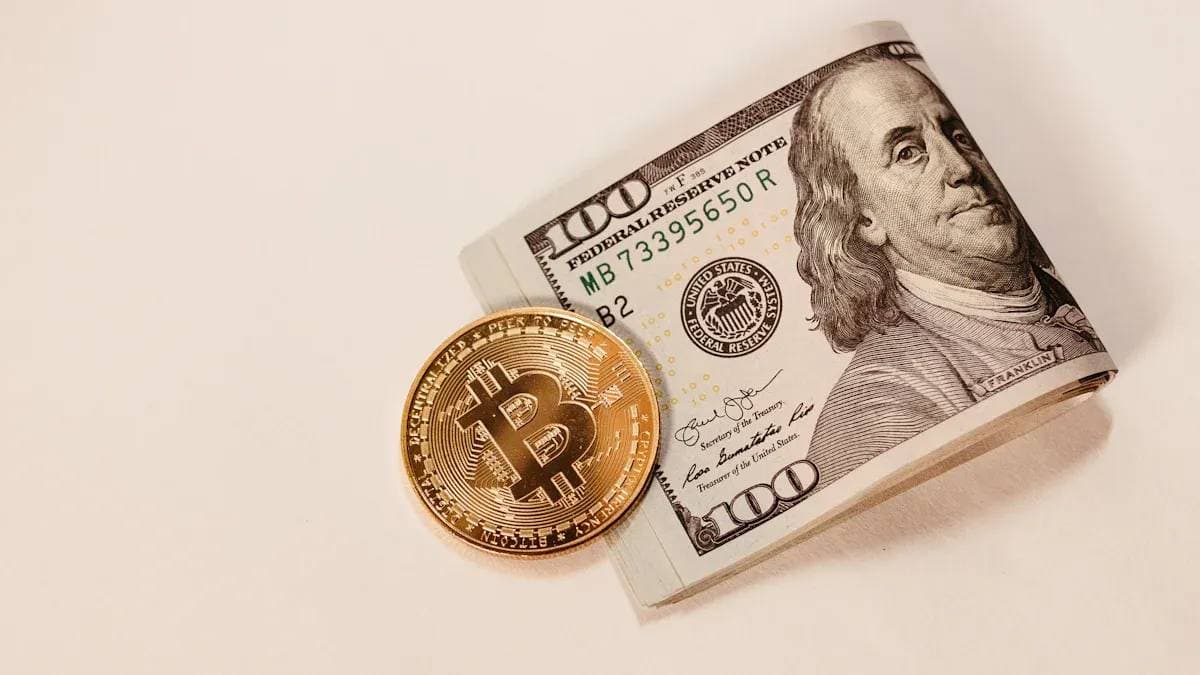

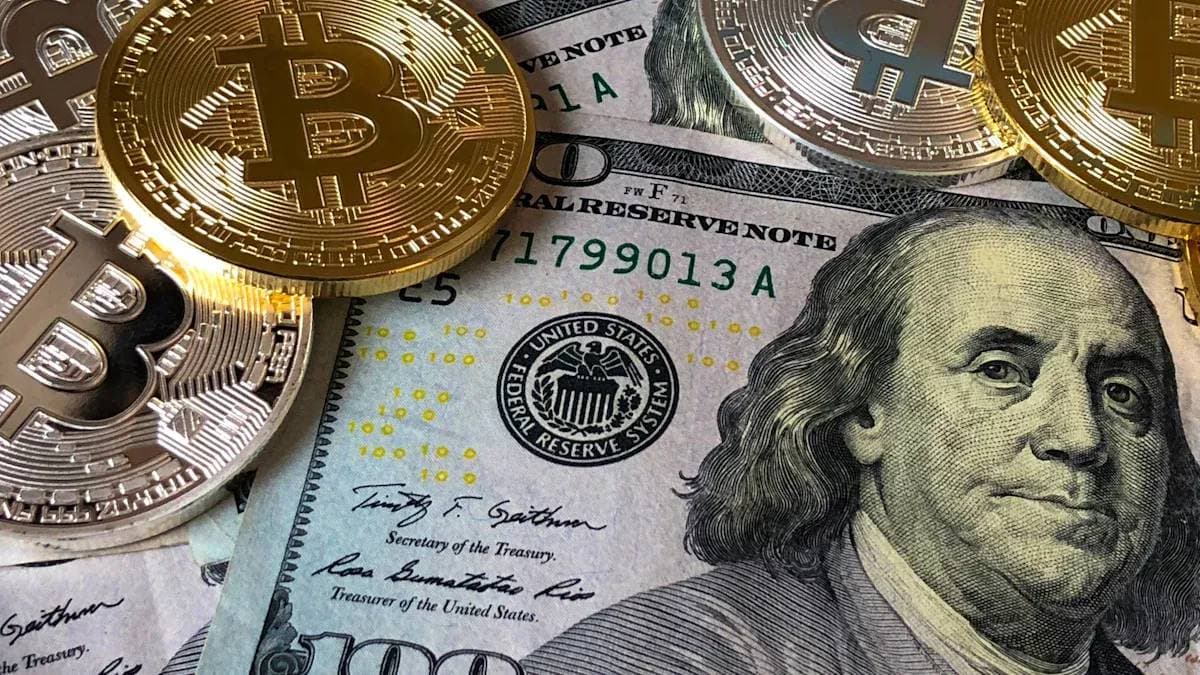
Contact Us
Company and Team
BiyaPay Products
Customer Services
is a broker-dealer registered with the U.S. Securities and Exchange Commission (SEC) (No.: 802-127417), member of the Financial Industry Regulatory Authority (FINRA) (CRD: 325027), member of the Securities Investor Protection Corporation (SIPC), and regulated by FINRA and SEC.
registered with the US Financial Crimes Enforcement Network (FinCEN), as a Money Services Business (MSB), registration number: 31000218637349, and regulated by FinCEN.
registered as Financial Service Provider (FSP number: FSP1007221) in New Zealand, and is a member of the Financial Dispute Resolution Scheme, a New Zealand independent dispute resolution service provider.




















